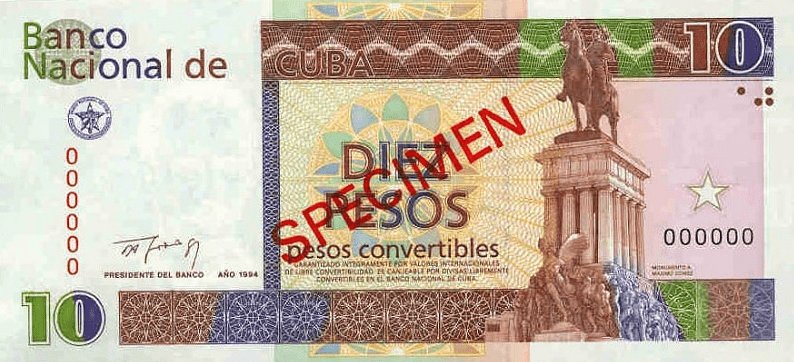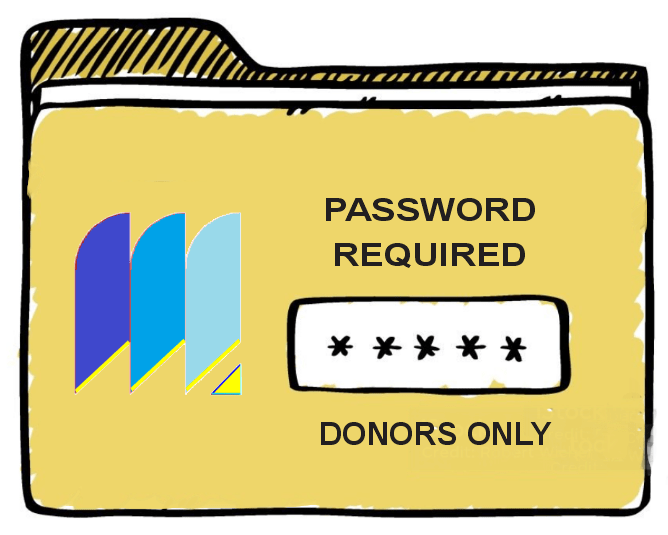CUBANS are a controlled citizenry, somewhat subtlety but still very really controlled.
I was amazed the first few days I was in CUBA. I never saw an armed soldier anywhere, not even at the airport. I never even saw an unarmed one, for that matter. Nor did I see police until I went to HAVANA and saw them directing traffic, and they were unarmed. This was all very surprising as I believed CUBA today was a garrisoned civilization as a result of Castro’s 1959 revolution.
Thank goodness CUBA doesn’t imitate Mexico in relation to armed soldiers and police. In Mexico, soldiers with AK 47 machine guns are ubiquitous, visible nearly throughout any large city center. Police with rifles or machine guns stand outside banks or ATM machine outlets; armed soldiers ride in military flatbeds along city streets regularly. Pedestrians may easily feel they are in a country under siege and this may be true for Mexico is in a drug war fighting drug lords armed to teeth in astonishingly militaristic fashion.
CUBA has no such signs of a tormented and twisted society though it does have its own methods of controlling its citizens. No armed police, no weaponed soldiers. Nothing like that at all. This was surprising to see. Now the clinker, just because there are no visible signs of government control of its citizens, does not mean CUBA is a free society. It is a controlled society, controlled in more subtle, less militaristic ways.
The first major control the government uses is control of currency. Two types of currency exist in CUBA, the peso nacional used by the locals and the convertible peso used by tourists, foreigners, and visitors to the country. Locals are paid in peso nacionals, a very devalued currency, not quite worthless, but compared to the convertible peso, nearly so. Better quality goods are sold in special stores and priced in convertible pesos, nearly equal in value to American dollar pricing. For example, a loaf of bread may cost $4 US, or $4 convertible pesos but in local pesos, it will be priced at something like $100 pesos or even more, making it nearly impossible for the local to buy the product unless they have convertible pesos or a lot of pesos nacional. Locals are paid mostly in pesos nacional, not convertible pesos and the monthly income, even in pesos nacional is abysmal.

Public works projects seem to abandoned, but the explanation behind this could be the dismally low salaries paid to public workers is not much incentive to working on a regular basis. Why bother when the pay is so low? Perhaps other sources of income are available to the more adventurous and commercially creative thinkers. The black market in currency trade perhaps.
The value comparison of convertible pesos vs. peso nacional is about 24:1. Hence, local currency has very little purchasing power. Locals shop at their own stores where their currency is accepted but the products, though lower priced, are very inferior in quality compared to anything sold at shops dealing in convertible pesos only.

Tourist used locations such as restaurants, bars, hotels, car rental agencies, better quality shops and such, deal in convertible pesos only. Every government worker is paid in pesos nacional. It is a horrendously confusing and discouraging currency system but the government controls its people with it.
Thanks for visiting. Come visit again.
Richard









